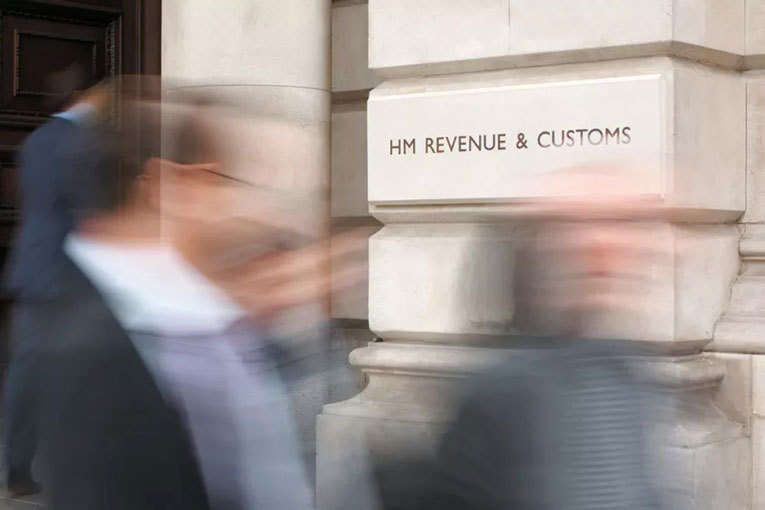What is an Employer Reference Number?
3 Sep 2020

UK employers hit by the coronavirus may have been scrambling to find their employer reference numbers (ERN) recently so they can apply for the government’s furloughing scheme.
You may not be that familiar with the ERN, but once you start employing staff you need it to complete many important tax, payroll and insurance processes.
This article covers
What is an employer reference number and how can I find mine?
An ERN can also be referred to as an ‘employer PAYE reference’, or simply ‘PAYE reference’ number – they are all the same thing.
HMRC issues this number automatically to each organisation when they register as an employer. The tax office and others can then use it to identify your organisation in their dealings with you.
The first three digits in your ERN represent your tax office area. The next six or seven digits are unique to each employer. The full number usually looks like this - 123/AB45678.
Once registered as an employer, you can find your ERN on the new employer letter that HMRC sends you and other tax or PAYE documentation.
If you use an outsourced payroll provider, they should have your ERN if you need it. Once entered into your accounting software, a well-integrated package should also pre-populate forms with this number where required.
Do not confuse the ERN with your separate 13-digit accounts office reference, which you also need to make PAYE payments.
Unlike some tax reference numbers or codes, your ERN stays the same every year.
Who needs an employer reference number?
Any organisation that starts employing staff or using subcontractors for construction work usually needs to register as an employer with HMRC, following which they are issued with an ERN.
You do not need to register for PAYE if none of your employees receive £120 or more a week, get expenses and benefits, have another job, or receive a pension. But you must still keep payroll records.
You must register even if you are only employing yourself, for example, as director of a limited company.
You must also register before the first payday. You can pay an employee before you get your ERN, but only if you send a late full payment submission.
Why you need an employer reference number
HMRC issues you an ERN so it can use the number to identify your organisation in your various tax and pay-related dealings and in meeting PAYE regulations. HMRC also uses the ERN in determinations, appeals, penalties and other procedures.
As mentioned, you need the number to register for the Coronavirus Job Retention Scheme (furloughing) scheme. You also need your ERN to complete your end-of-year PAYE report; forms such as the P11/D, P35, P45, P60; and most payslips.
You often need it if you phone an HMRC helpline, and on any forms or letters you send to its employer office.
You also need to give the ERN to your insurer or broker when setting up employer liability insurance.
Why insurers need employer reference numbers
Insurers and brokers are required to obtain ERNs from employer liability insurance clients and to record the numbers in their employers' liability register.
The Employers' Liability Tracing Office can then use this data to help employees find a former employer's insurer if they need to claim for injury or illness incurred at work.
This is particularly important when they make the claim a long time after the event - for example, if they have an asbestos-related disease - and the employer has become difficult to trace, perhaps because of insolvency or a name change.
Failure to give your ERN to your insurer may invalidate your policy.


